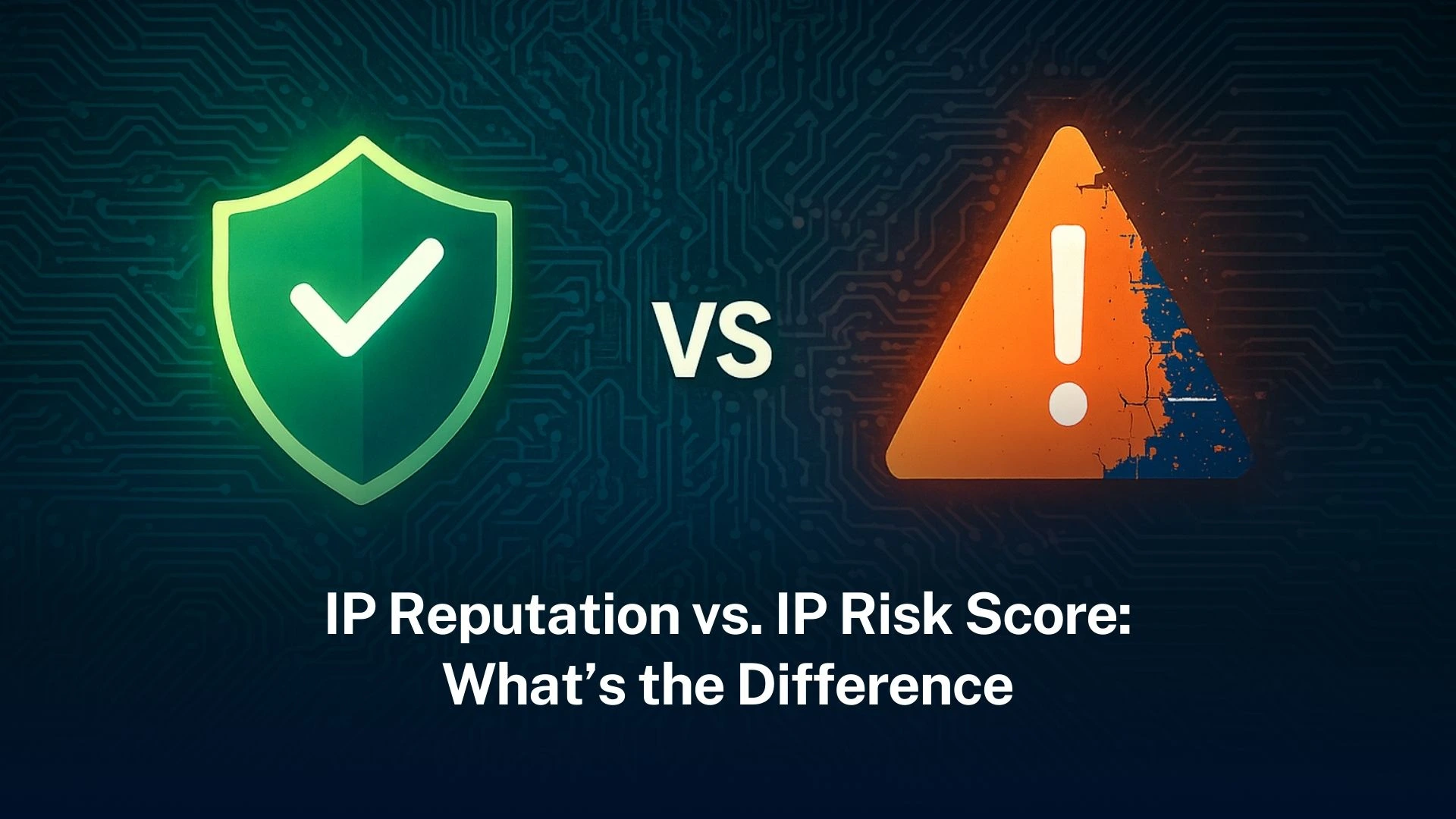How Subnetting Impacts IP Allocation

Table of Contents
ToggleSubnetting is a key concept in the field of IP network management. Understanding the way subnetting impacts IP allocation is helpful for optimising network performance. It is also helpful for improving network security.
- Subnetting enables people to use IP addresses in a more efficient way. It also enhances the security of the network.
- Proper subnetting can reduce the occurrence of network congestion. It can also make network management simpler.
Introduction to Subnetting and IP Allocation
Subnetting is a technique. This technique is used in the management of IP networks. Its main function is to divide a larger network into smaller sub-networks.
With this increasing demand, the efficient allocation of IP addresses has become a challenge that is getting more and more prominent. Subnetting provides a solution to this challenge. It allows network administrators to break down a single large network. Through this breakdown, multiple subnetworks are formed. This process of breaking down and forming multiple subnetworks can maximise the efficient use of the available IP addresses.
What is Subnetting?
In its simplest form, subnetting is a process. The core of this process is to divide an IP network into smaller segments. These smaller segments are given a specific name, which is subnets. This process of dividing involves a specific operation. The operation is to manipulate the network mask. The network mask is also known by another name, which is the subnet mask. The purpose of this manipulation is to control the way the available IP addresses are divided. This control ensures that IP addresses are allocated in a reasonable way.
A standard IP address consists of two key parts. The first part is called the network portion. The second part is called the host portion. The network portion has a specific function. It is used to identify the larger network that a device belongs to. Every device connected to the network is part of a larger network. The host portion also has its own function. It is used to identify the specific device within the larger network that the device is in. Each device in the network has a unique host portion to distinguish itself.
Subnetting will make a change to the default subnet mask. This change results in a more granular division of the network. The way subnetting achieves this is by borrowing bits. The bits are borrowed from the host portion of the IP address. After borrowing these bits, subnetting uses them to extend the network portion. This action of borrowing and extending leads to a result. The result is that multiple subnets are created. These multiple subnets are all within a single larger network. This kind of network structure has obvious advantages. It allows for better control over the allocation of IP addresses. At the same time, it enables the efficient use of the address space of the network.
How Subnetting Impacts IP Allocation
Maximising IP Address Usage
One of the main impacts that subnetting has on IP allocation is its ability. This ability is to maximise the use of the available IP addresses. If there is no subnetting, network administrators will face a possible problem. They may run out of available IP addresses within a given address range. Subnetting can solve this problem effectively. It allows for a better distribution of IP addresses. The distribution is carried out across different subnets. This distribution method ensures that each subnet has a certain number of IP addresses. The number of addresses is just right to meet the needs of the devices. These devices are connected to that particular subnet.
Subnetting allocates IP addresses in the form of smaller blocks. This method of allocation helps to ensure one important thing. It ensures that the address space of the network is used in a more efficient way. It also avoids a wasteful situation. The waste is the wastage of valuable IP addresses. Every IP address is valuable, so avoiding wastage is crucial.
Improved Network Performance
Subnetting also plays a crucial role in another aspect. This aspect is the improvement of network performance. Subnetting will segment a large network into smaller subnets. Because of this segmentation, the traffic in the network can be localised. The localisation is within each individual subnet. This localisation of traffic brings a positive effect. It reduces the congestion of the network. Devices that are within the same subnet usually have a certain communication pattern. They only need to communicate with other devices. These other devices are also in the same subnet. As a result of this communication pattern, broadcast traffic is limited. Broadcast traffic has a certain characteristic. It can consume a lot of network resources. Now, it is limited to specific subnets. It will not have an impact on the entire network. This is a great advantage for the smooth operation of the network.
Moreover, subnetting makes routing within a network simpler. Routers have a specific task in the network. They need to direct traffic to the correct destination. With subnetting, routers can complete this task more easily. They can direct traffic to the appropriate subnet accurately. This accurate direction of traffic brings two benefits. It reduces the latency of the network. It also improves the overall efficiency of the network. Network administrators have an important task. They need to carefully plan two aspects of each subnet. The first aspect is the size of the subnet. The second aspect is the structure of the subnet. By doing this careful planning, they can ensure that the network operates in an optimal state.
Enhanced Security
Subnetting has the ability to enhance the security of the network. It achieves this enhancement through a specific way. It creates logical boundaries. These logical boundaries are between different parts of the network. For instance, there is a common scenario in network management. Some specific devices or services may need to be isolated. They are isolated into their own dedicated subnets. In this scenario, a positive security effect is achieved. It becomes much harder for potential attackers. They find it difficult to gain access to other areas of the network. This kind of segmentation has a key role in security. It helps to prevent the lateral movement of threats. When a security breach occurs, it can limit the scope of damage. This limitation of damage is very important for reducing losses caused by security incidents.
Network administrators can make use of subnetting. They use it to create separate subnets. These subnets are designed for different departments or different user groups. After creating these subnets, administrators can take another important step. They can apply specific security policies. These security policies are not universal. They are tailored to the specific needs of each subnet. This level of customisation of security policies has a significant effect. It strengthens the overall security of the network. It also makes two important security tasks easier. The first task is to detect threats in the network. The second task is to mitigate the impact of threats.
Simplified Network Management
Managing a large network is quite daunting. But subnetting changes this situation. It makes the management of large networks more manageable. The way it does this is by dividing the large network. The division results in smaller subnets. These smaller subnets are easier to manage. Each subnet can be managed independently. Each subnet has its own set of devices. These devices are unique to that subnet. Each subnet also has its own configurations. The configurations are set according to the needs of the subnet. Besides, each subnet has its own security measures. These security measures are designed to protect the subnet. This kind of decentralised management has a clear advantage. It simplifies the process of troubleshooting. When a problem occurs in the network, it can often be isolated. The isolation is to a specific subnet. It will not have an impact on the entire network. This reduces the difficulty of solving problems.
Moreover, subnetting provides better visibility of network usage. It also provides better control over network usage. Network administrators have a specific job. They can monitor the traffic within each subnet. They can also monitor the usage of devices within each subnet. By doing this monitoring, they can achieve a goal. They can identify bottlenecks in the network more easily. They can also identify performance issues more easily. This ability to identify problems quickly ensures that the network operates at its peak efficiency.
Key Considerations When Subnetting for IP Allocation
When network administrators are planning a subnetting strategy, they have a responsibility. Different types of traffic have different requirements for network resources. The third factor is the required level of security. Different subnets may need different security levels based on their purpose.
To ensure that subnetting can have the desired effect on IP allocation, there is an important starting point. It is important to start with a clear understanding. The understanding is of the network’s needs. Every network has unique needs that must be considered. For instance, there are different scenarios in network deployment. A small subnet might be sufficient for a certain situation. This situation could be a local office or a single department. However, a larger subnet might be needed for another situation. This situation could be a data centre or a corporate campus. These different scenarios require different subnet sizes.
Careful calculation of the size of each subnet is essential. This calculation has a specific purpose. It is to avoid two undesirable situations. The first situation is over-allocation. Over-allocation leads to a problem. It leads to the wastage of IP addresses. The second situation is under-allocation. Under-allocation also leads to problems. It can lead to network congestion. It can also lead to a lack of available IP addresses when needed. Network administrators have another important consideration.
Common Subnetting Mistakes
Incorrect Subnet Size: Choosing a subnet size unsuitable is a common mistake. This is one of the most common mistakes that occur when subnetting. This mistake can lead to two negative consequences. The first consequence is the wastage of IP addresses. The second consequence is insufficient capacity for the devices that need to connect to the subnet.
Not Considering Future Growth: Failing to take future growth into account is another mistake. This mistake happens when planning a subnetting scheme. This mistake can lead to a serious problem. It can lead to address exhaustion. Address exhaustion means there are no more available IP addresses to allocate. Network administrators have a responsibility. They should ensure that the subnetting strategy they design has a certain property. It is scalable. Scalability means the strategy can adapt to the growth of the network.
Overcomplicating Subnetting: Subnetting is a tool that has great power in network management. But it can have a problem if not handled properly. It can become overly complex. This complexity arises when the subnetting plan is not made carefully. Network administrators have a goal they should aim for. They should keep the structure of the subnetting simple. They should also keep it intuitive. The reason for this is to avoid two issues. The first issue is confusion among the staff who manage the network. The second issue is mistakes that may occur during network operations.
Lack of Documentation: Proper documentation of the subnetting strategy is something that is essential. It is essential for the ongoing management of the network. Without clear records, there will be problems. The records should show how subnets are allocated. Without these records, troubleshooting network issues becomes difficult. Making future changes to the network also becomes difficult and time-consuming. This can delay the progress of network maintenance and upgrades.
Trusted IPv4 Leasing for Business Growth
Get enterprise-grade IPv4 space quickly, with seamless deployment and end-to-end management.
FAQs
Subnetting is a specific process in the field of IP address management. This process focuses on a key operation. The operation is to divide a larger IP network into smaller parts. These smaller parts of the IP network have a dedicated name. They are called subnets. Each subnet operates as an independent small network. The process of subnetting has clear purposes. The first purpose is to optimise the usage of IP addresses. It ensures that each IP address is used in a reasonable way. No unnecessary wastage of IP addresses occurs. The second purpose is to improve the management of the overall network. It makes the daily management work of the network easier to carry out. Administrators can focus on each subnet independently. This reduces the difficulty of managing a large and complex network.
Subnetting has a positive impact on the performance of the network. It helps to improve the network’s performance effectively. It achieves this improvement through three main actions. The first action is to reduce network congestion.
Yes, It has a clear effect on improving network security. It achieves this enhancement through a specific method. The method is to isolate different segments of the network. Each segment becomes an independent subnet. There are boundaries between these subnets. These boundaries prevent unauthorised access between subnets. This isolation brings an important security benefit.
The first mistake is choosing subnet sizes that are incorrect. There are two situations of incorrect subnet sizes.
IPV6 has a clear advantage over IPv4. It provides a pool of addresses that is much larger than that of IPv4. The number of IPv6 addresses is almost unlimited. It can meet the needs of a large number of devices connecting to the network. But even so, subnetting can still be used in IPv6 networks. It is not useless because of the large number of IPv6 addresses. Subnetting is used in IPv6 networks for four main purposes. The first purpose is to segment the network. Even with many addresses, a large and unsegmented network is difficult to manage. Subnetting splits the IPv6 network into small subnets.
Related Blogs
A clear comprehension of the discrepancies between IP reputation and IP risk score constitutes a critical prerequisite for effective cybersecurity Read more
Organisations increasingly rely on IP risk scores. They use them to assess threat levels. They reduce fraud losses. They strengthen Read more
The current era faces IPv4 address scarcity. Organizations must verify IP block risk scores. Tools like i.lease help complete this Read more
A clear comprehension of the discrepancies between IP reputation and IP risk score constitutes a critical prerequisite for effective cybersecurity Read more
Organisations increasingly rely on IP risk scores. They use them to assess threat levels. They reduce fraud losses. They strengthen Read more
The current era faces IPv4 address scarcity. Organizations must verify IP block risk scores. Tools like i.lease help complete this Read more



